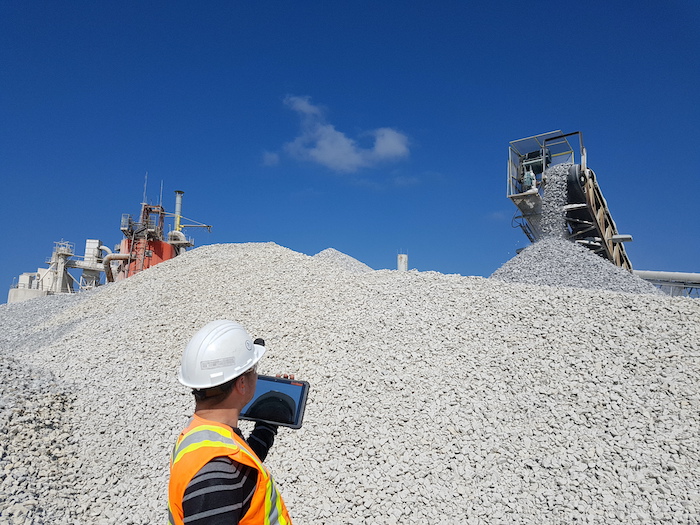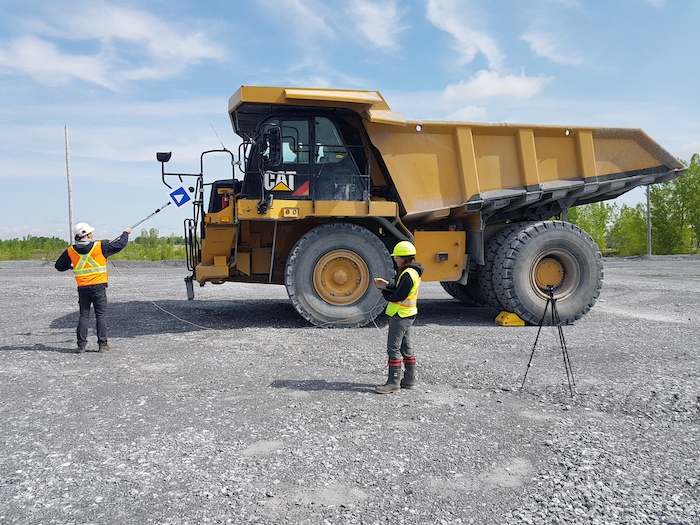
U.S. licensing of Canadian engineers
August 22, 2022
By Todd Busch, P.Eng.
Onerous requirements may be worth the effort.
What are the processes for obtaining a professional engineer (PE) licence in the U.S. and what are the potential advantages for a Canadian resident to pursue such a credential? Much like in Canada, the requirements are balkanized, such that a separate licence must be obtained for each American state in which one wishes to practise. The requirements are also similar in some ways to what is required in Canada in terms of relevant educational backgrounds, sufficient work experience and procurement of professional references.
Supplementing these broad categories in Canada is the need to pass the National Professional Practice Examination (NPPE), which focuses on ethics of the practice of engineering, before becoming licensed as a professional engineer (P.Eng.). The questions offer complex scenarios, where the test-taker must juxtapose obligations to society, clients, customers, employers, the natural and built environment, the engineering profession, regulators and, ultimately, a peer group.
With licensure in the U.S., there is no overarching ethical examination offered by all states. Each state may or may not require the applicant to successfully pass an examination focusing on its own regulations and ethics. Such examinations are similar in some ways to the Canadian NPPE, but are generally less onerous and may be offered online. They can be worded in ways that make the determination of a correct answer challenging; one should not assume such examinations can be overcome without study and familiarity with the reference material.
As for relevant education, it is very useful to have attended a program approved by the Accreditation Board for Engineering and Technology (ABET). As of 2020, there are more than 4,000 accredited engineering programs available through more than 800 institutions in more than 40 countries.
This element of applying for a PE licence may well be facilitated for applicants, due to their having attended an accredited program. For others, extensive documentation and review will be undertaken by regulators to ensure their educational background is relevant and covers all of the required components relative to an ABET-defined course curriculum.
There is no overarching ethical examination offered by all states.
Past work
Sufficient work experience generally requires an applicant to have been supervised by an American PE for at least four years prior to seeking licensure. There is no engineer-in-training (EIT) classification in the American system that would allow for intermediate recognition. In a practical sense, this means the Canadian engineer must be physically present in the U.S. and employed domestically for the period of qualification.
Professional references are also required. Typically, a minimum of three must be from American PEs, who may or may not have been involved as supervisors, co-workers or other professionals acquainted with the applicant’s work experience and character. An additional two references will typically be required, for a total of five, which in the case of a Canadian engineer might well be from P.Eng. licensees.

Practically speaking, the Canadian engineer must be physically present in the U.S. and employed domestically for the period of qualification. Photo courtesy Soft dB.
Examinations
One notable difference between the Canadian and American licensing processes relates to the National Council of Examiners for Engineering and Surveying (NCEES) and its requirement for technically challenging examinations for applicants. This organization is involved with preparing the national Fundamentals of Engineering (FE) and PE examinations that are typically required, although an experienced applicant may be allowed to forego the FE examination.
Each of the FE and PE examinations is offered as an eight-hour session, matriculated separately by each state. The preparation for these examinations is onerous and a determined applicant would be well-advised to set aside 100 to 200 hours of study in advance for a reasonable likelihood of passing.
There is no corollary to such technical examinations in Canada. The unprepared test-taker would doubtless fail despite past academic success. Indeed, as few as 12% of test-takers seeking to become structural engineers (SEs) are successful on any given attempt, where examinations for other disciplines offer greater probability for passing.
The NCEES also offers another function, which is arguably an effort to deal with the previously mentioned balkanized regulation of the engineering profession in both countries. Specifically, a person with a U.S. Social Security Number (SSN), akin to a Canadian Social Insurance Number (SIN), can seek to create a ‘record’ that documents their education, work experience and professional references in a single, central location. This record can then be distributed to each state in which the applicant seeks licensure, thereby dramatically reducing paperwork. (A similar, centralized database would be of value in Canada.)
Professional references are required.
Potential benefits
One might wonder why a Canadian would seek to become licensed in the U.S., given the hurdles. This author, for one, enjoyed a period of 11 years of employment in the U.S. and garnered a PE licence relatively early in that time frame. An established NCEES record, past success with the FE and PE examinations and the maintenance of congenial professional relationships in the U.S. have facilitated the continued securing of professional references. It is less clear whether there is discernible commercial value to being licensed both as P.Eng. and PE while based in Canada.
For consultants, the dual licensing qualifications certainly allow for some degree of exportation of professional services from Canada to the U.S. and enhancing the prospects for future employment in both countries. Certain customer bases for architecture, engineering, environmental services and legal professionals are all potentially leveraged when a person can offer a PE credential alongside other qualifications. There may therefore also be enhanced job security and prospects for financial remuneration commensurate with the acquisition of an increased number of licences. Whether a cost-benefit analysis could be applied is debatable, but there certainly seem to be upsides for a Canadian P.Eng. to secure PE licence in the U.S. that make the effort worthwhile.
Todd Busch, P.Eng., is senior project manager for Soft dB, which provides acoustical consulting, sound masking systems and professional instruments for residential, commercial and industrial clients. For more information, contact him at t.busch@softdb.com and visit www.softdb.com/consulting.
